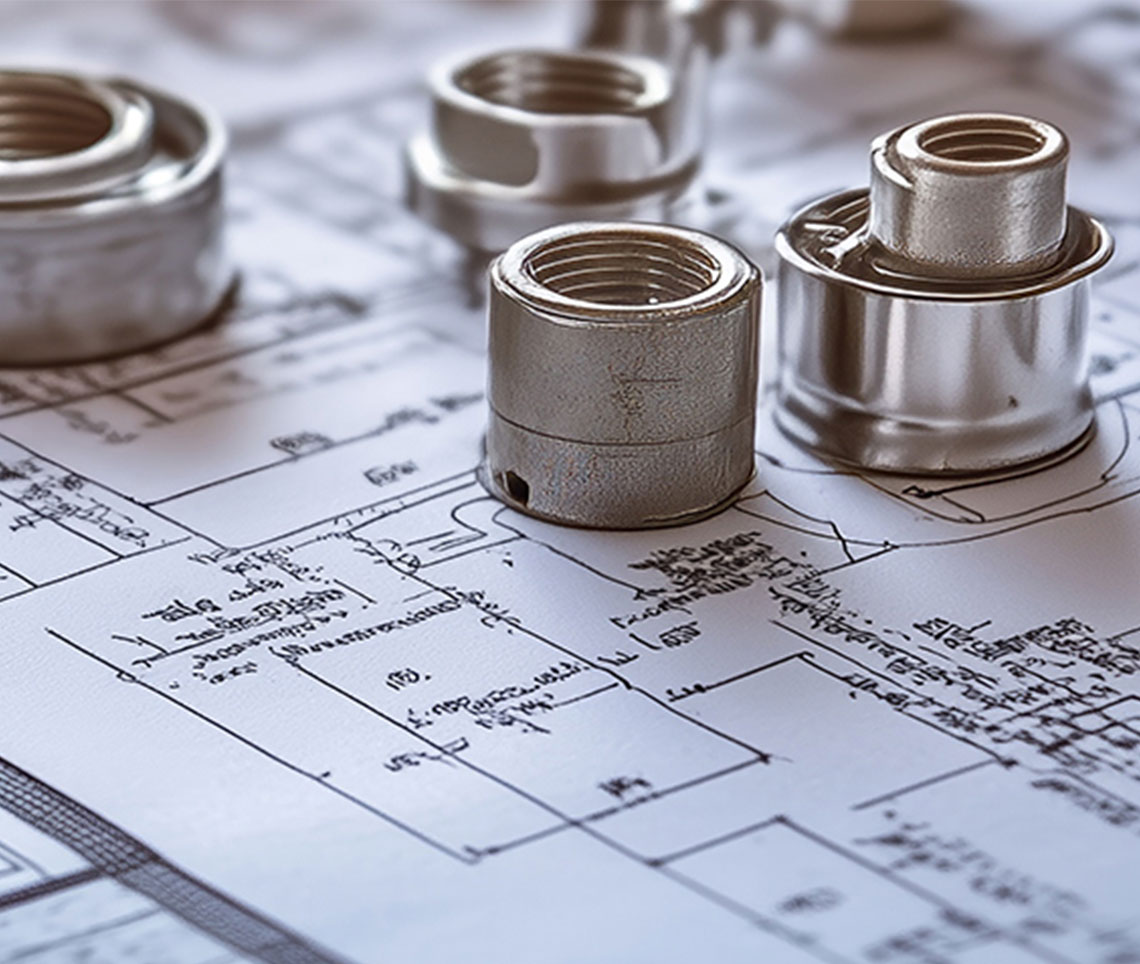Testing a Single or Two Stage Gas Valve
January 1, 2015 Jeff Rosenblum
Gas valves are an integral part of any furnace. They supply fuel to the burners, which enables ignition to take place. Gas valves have many integrated safeties in place to prevent dangerous failures. This can sometimes make them difficult to diagnose. Keep in mind that there are two key factors that need to be checked when diagnosing a valve.
- Gas Pressure – Many technicians make the assumption that because the furnace has been running for many years, the gas pressure to the appliance must be sufficient. Both low and high inlet gas pressures can wreak havoc on a furnace. If the gas pressure is too low, the heat exchanger may soot up. If the pressure is too high (over 14iwc), the gas valve will lock out and will not open. Be sure to check the inlet gas pressure and adjust as necessary.
- Voltage – Voltage to a single and two-stage gas valve should only be present with a call for heat. On most gas furnaces, this is a 24v signal from the ignition control. Some gas valves have resistance ratings through the coils, meaning that one can measure resistance through the two low voltage terminals (the coil of the valve) and find a potential failure. A good way to check for proper voltage/a failed valve coil is to connect the two low voltage wires from the gas valve to a 24v coil (such as a contactor coil) and attempt to fire the furnace. If the contactor pulls in, the ignition control is energizing correctly and has not failed.
The final thing to consider when dealing with gas valves is the “on” and “off” switch which is located on most valves. Be sure that this switch is turned “on” when attempting to light the furnace. Many technicians have wasted many hours and good gas valves due to overlooking this simple switch.
Jeff Rosenblum
Technical Support
16 Years Industry Experience
Cell (330) 962-2491
[email protected]















